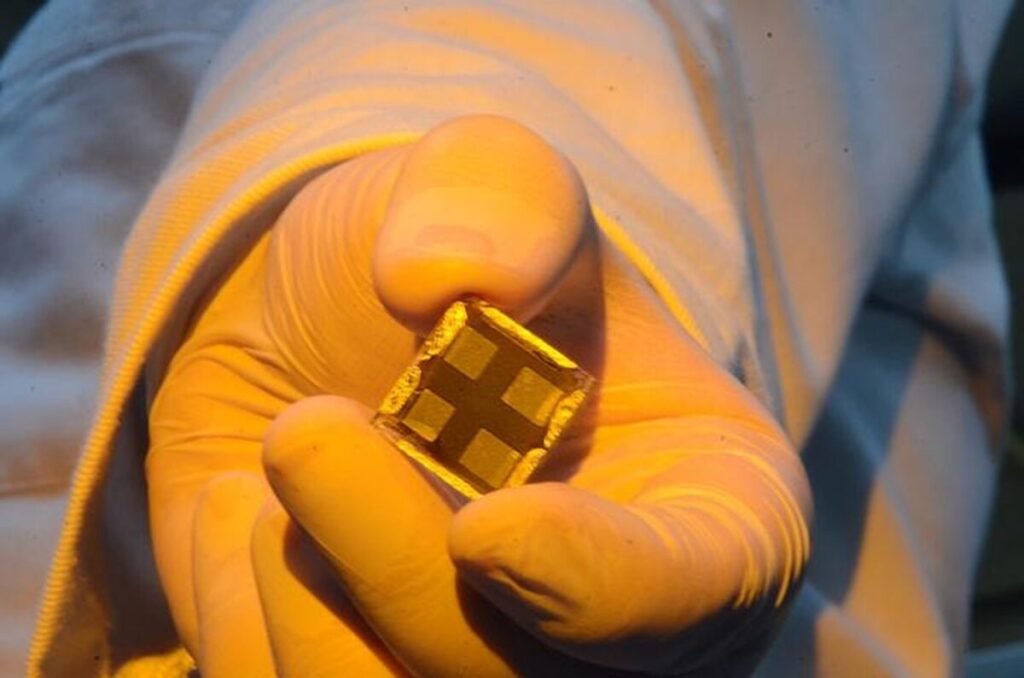A team of researchers established in São Paulo has discovered that Formamidinium Kations in methylammonium-based lead-iodide perovskiet films increases the sustainability of perovskiet solar cells when manufactured and measured under environmental conditions.
Researchers from the Federal University of ABC (UFABC) in São Paulo, Brazil, have presented a method to reduce the rapid demolition of perovskiet solar cells.
In the Research paper “Improving the stability of methylammonium -based perovskiet solar cells prepared in environmental conditions by adding formamidinium kations“Published in Solar energy materials and solar cellsThe team is investigating the influence of recording formamidinium kation in methylammonium-based lead-iodide perovskiet films to improve the stability of perovskites.
Although perovskites have achieved similar efficiency if silicon can have solar cells and lower production costs, their commercialization is impeded by stability and sustainability problems during exposure or prepared under environmental conditions, which influences performance over time.
In the study, the researchers recorded increasing quantities of formamidinium (FA+) in methylammonium-based (MA+) perovskites. The solutions and deposition of each film were performed in an uncontrolled environment atmosphere with relative humidity ranging from 40% to 60%, in an attempt to replicate scalable production environments.
The solar cells were exposed to ambient temperatures and humidity for 90 days, during which time the researchers studied the properties of the devices to assess the impact of added formamidinium on the performance of the solar cells.
They found solar cells without FA+ showed a sharp decrease in efficiency immediately after assembly and stopped working after 30 days, while cells with more than 25% FA+ at the end of 90 days maintained 80% efficiency.
“This work shows how the absorption of FA+ Kations in Mon+ -based perovskites an increase in the durability of perovskite causes solar cells that have been manufactured and measured under environmental conditions,” said Professor André Sarto Polo, Coordinator of the Study.
Polo stated that the added formamidinium causes an increase in the size of the grains that form the crystalline structure of the perovskite, reducing the total length of the edges. Because the edges are the points where moisture accumulates, the perovskiet suffers less demolition and the solar cell maintains good performance longer.
The research team added that the findings could open the prospect to develop more sustainable perovskite solar cells that can be produced at lower costs and in more environmentally friendly circumstances.
This content is protected by copyright and may not be reused. If you want to work with us and reuse part of our content, please contact: editors@pv-magazine.com.

